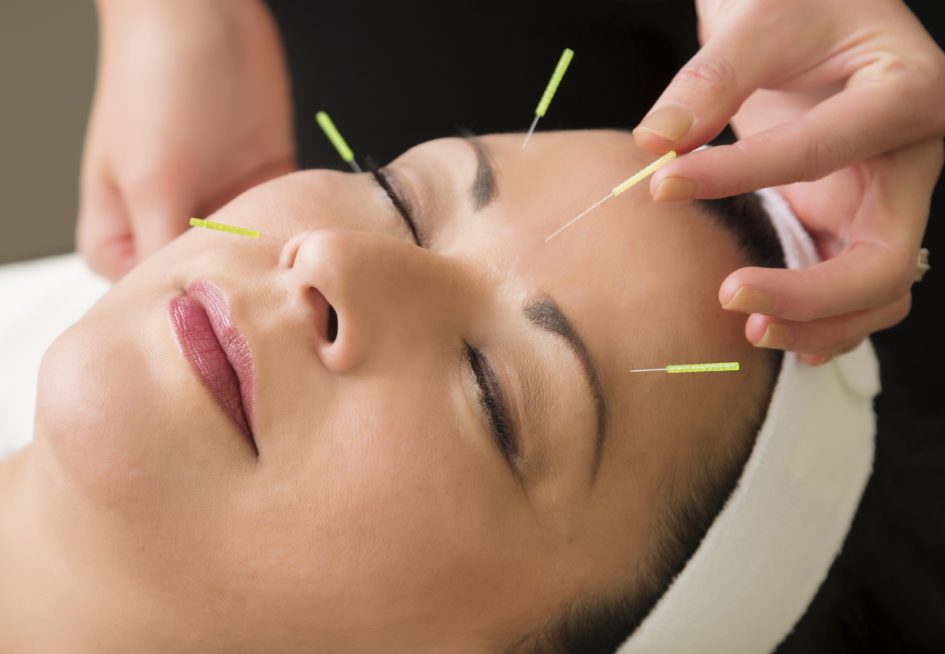Acupuncture is an ancient form of traditional Chinese medicine (TCM) that has been growing in popularity worldwide. It involves the insertion of hair-thin needles into strategic points in the body. The safety and efficacy of acupuncture for treating a wide range of medical conditions is well-documented.
While many studies have shown acupuncture can be effective in treating certain ailments, modern science can’t seem to pinpoint exactly how it works. Some believe it increases blood flow and stimulates the body’s natural healing mechanisms. By engaging various systems in the body, acupuncture can help relieve pain and improve sleep, digestive problems and overall wellbeing, among other benefits.
The first appointment takes longer because your practitioner will take your health history, learn why you’re seeking treatment and may even examine your tongue and take your pulse. Follow-up visits last about a half hour. During treatment, disposable needles are inserted into acupuncture points on your body at various depths. Don’t be surprised if the needle sites are different than where you’re experiencing pain. Heat, pressure or electrical stimulation may be used to enhance the effects of the treatment. Many people report feeling minimal or no discomfort when needles are placed. The needles are usually left in place anywhere from a few minutes to 20 minutes before removal.
The risks associated with acupuncture are very low with a competent, licensed practitioner using new, sterile needles. In fact, one of its benefits is that it can have fewer adverse effects than widely accepted medical treatments. Side effects may include soreness, minor bleeding or bruising at the needle sites and organ injuries if needles are pushed too deep (extremely rare). If you’re being treated by a doctor, let them know you’re receiving acupuncture.
Acupuncture is covered by many insurance plans, especially for pain management. Contact your health plan before your first appointment to understand your coverage. Additionally, acupuncture is considered an eligible medical expense so you can use your health savings account, flexible spending account or health reimbursement arrangement to cover out-of-pocket costs.
To find an acupuncturist, ask people you trust for recommendations, consult your health care professional for referrals and check the person’s training and credentials.
If you choose to give it a try, trust the process. Research shows acupuncture has more powerful results in those who believe it will work. It’s best to try it multiple times (five to 10 treatments) before assessing if it’s working for you.
Studies suggest acupuncture can effectively treat many medical conditions including:
- Allergies
- Depression
- Headaches (including migraines)
- Hypertension
- Labor induction
- Infertility
- Insomnia
- Knee pain
- Low back pain
- Breech fetal position correction
- Morning sickness
- Nausea and vomiting
- Neck pain
- Dental pain
- Rheumatoid arthritis
- Sciatica
- Sprain
- Stroke
- Tennis elbow
“Acupuncture: In-depth,” nccih.nih.gov, Feb. 21, 2017.
“Acupuncture,” my.clevelandclinic.org, Oct. 25, 2016.
“Acupuncture,” Mayo Clinic Staff, mayoclinic.org, Feb. 21, 2015.

